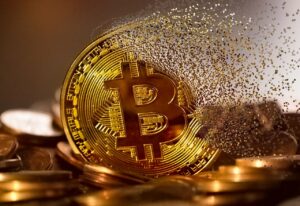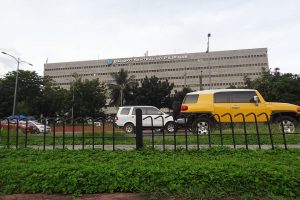Economic risk trend for PHL banks revised to ‘stable’ amid eased restrictions

S&P GLOBAL RATINGS has revised its economic risk trend for Philippine banks to “stable” from “negative” as the easing of mobility restrictions could help improve lenders’ asset quality.
“We have revised our economic risk trend for the Philippines to stable from negative. Philippines’ ratio of restructured loans is significantly lower than that of regional peers such as Indonesia, Malaysia, and Thailand,” it said in a report.
The debt watcher in a note on Tuesday said the industry’s nonperforming loan (NPL) ratio has likely already peaked and is set for a gradual decline. It said the economy’s rebound and write-offs could help improve asset quality.
“[However,] some slippage is possible from the restructured pool, especially from the services sector and from stretched consumers. We believe Philippine banks are well placed to absorb this residual stress given their improved capitalization and adequate provisioning coverage,” S&P said.
Central bank data showed banks’ NPL ratio hit a three-month high of 4.24% in February. Soured loans rose by 2.38% to P472.664 billion from a year earlier.
The industry’s NPL ratio reached a 13-year high of 4.51% in July and August 2021, still well below the 17.6% seen in the aftermath of the Asian Financial Crisis in 2002.
The banking sector is seen to benefit from the gradual easing of mobility restrictions amid declining coronavirus cases, the debt watcher said.
However, potential outbreaks remain a risk given uncertainties regarding the severity of its impact, it added.
“A reimposition of strict mobility curbs will hurt businesses and consumers, resulting in further asset quality pain for the banking sector,” S&P said.
Metro Manila and some provinces were under Alert Level 3 in January to curb the Omicron surge that followed the holiday season. Restrictions were gradually eased and most areas in the country are now under the most relaxed Alert Level 1.
However, officials are monitoring another transmissible variant of the virus called Omicron XE, which has already been detected in some parts of Asia like Thailand and India.
Based on S&P’s assessment, as for economic risks, the Philippine banking industry sees very high risk in terms of economic resilience and low risk of economic imbalances. Credit risks in the economy also pose a high risk to the sector.
Meanwhile, for industry risks, there is high risk for institutional framework but low when it comes to competitive dynamics and system-wide funding.
Net earnings of Philippine banks climbed by 44% to P223.66 billion in 2021 from a year earlier, based on central bank data. It was driven by a decline in lenders’ loan loss provisioning as the economy rebounded. — Luz Wendy T. Noble




